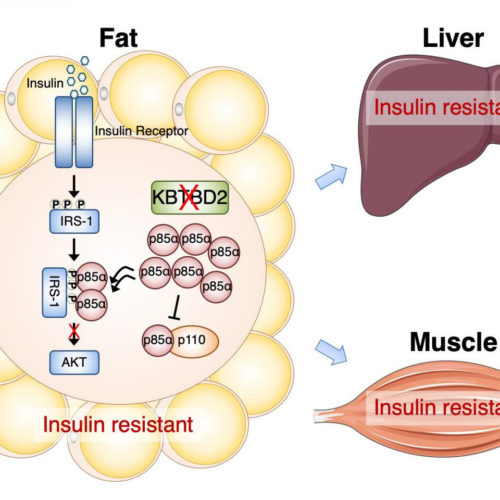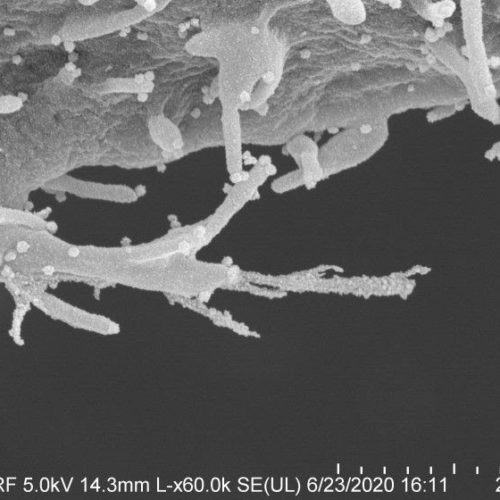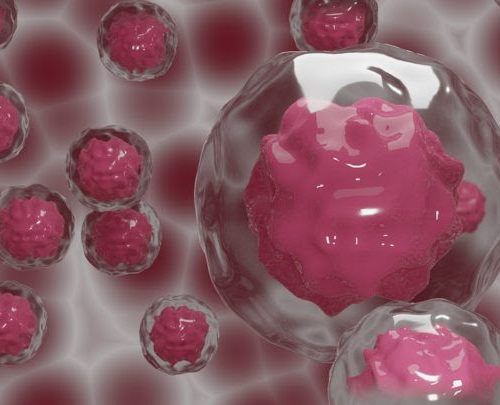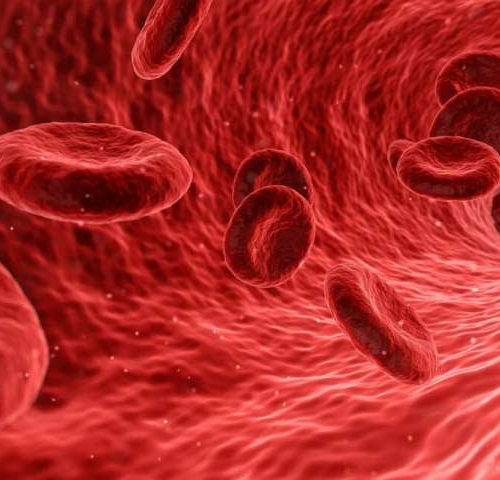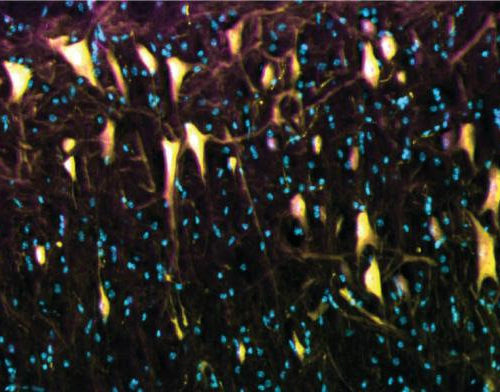Developing a better understanding of KBTBD2 could have implications for Type 2 diabetes, UTSW researchers say UT SOUTHWESTERN MEDICAL CENTER THE ILLUSTRATION SHOWS THE IDENTIFICATION OF KBTBD2 AS A KEY GENE IN THE MAINTENANCE OF WHOLE-BODY INSULIN SENSITIVITY THROUGH ITS ROLE IN FAT. LOSS OF KBTBD2 LEADS TO THE ACCUMULATION… view more CREDIT: UT SOUTHWESTERN...
Tag: <span>molecular mechanisms</span>
Inside the body, the coronavirus is even more sinister than scientists had realized
Melissa Healy, June 26, 2020, 8:00 AM MST The new coronavirus’ reputation for messing with scientists’ assumptions has taken a truly creepy turn. Researchers exploring the interaction between the coronavirus and its hosts have discovered that when the SARS-CoV-2 virus infects a human cell, it sets off a ghoulish transformation. Obeying instructions from the virus,...
New insights on allergies may improve diagnosis and treatment
by Brian Burns, Massachusetts General Hospital Results from a study led by investigators at Massachusetts General Hospital may help to improve the diagnosis and treatment of allergies, pointing to a potential marker of these conditions and a new therapeutic strategy. The research is published in Nature. Nearly one third of the world’s population suffers from...
Stem cells shown to delay their own death to aid healing
Already known for their shape-shifting abilities, stem cells can now add “death-defying” to their list of remarkable qualities. A new study shows how stem cells – which can contribute to creating many parts of the body, not just one organ or body part – are able to postpone their own death in order to respond...
APOE4 triggers early breakdowns in the blood-brain barrier
by University of Southern California New USC research reveals how APOE4, a genetic culprit for Alzheimer’s disease, triggers leaks in the brain’s plumbing system, allowing toxic substances to seep into the brain areas responsible for memory encoding and other cognitive functions. The damage is linked to future problems in learning and memory, even when the...
Researchers are developing potential treatment for chronic pain
Researchers from the University of Copenhagen have developed a new way to treat chronic pain which has been tested in mice. With a compound designed and developed by the researchers themselves, they can achieve complete pain relief. Between seven and ten percent of the world’s population suffers from chronic pain originating from nerves that have...
Sensor detects biomarker of early-stage multiple sclerosis
Diagnostic strategy developed by Brazilian researchers can also be used to distinguish MS from neuromyelitis optica, another demyelinating disorder. The two diseases have similar symptoms but must be treated differently. FUNDAÇÃO DE AMPARO À PESQUISA DO ESTADO DE SÃO PAULO Researchers at the Federal University of São Carlos (UFSCar) in Sorocaba (state of São Paulo,...
Researchers identify a molecular mechanism involved in Huntington’s disease
by University of Barcelona A montage of three images of single striatal neurons transfected with a disease-associated version of huntingtin, the protein that causes Huntington’s disease. Nuclei of untransfected neurons are seen in the background (blue). The neuron in the center (yellow) contains an abnormal intracellular accumulation of huntingtin called an inclusion body (orange). Credit: Wikipedia/...
Scientists identify underlying molecular mechanisms of Alexander disease
by University of North Carolina Health Care Immunofluorescence staining of Alexander Disease iPSC-astrocytes showing cell nuclei (white), cytoplasmic GFAP filaments (magenta), and perinuclear GFAP aggregates (green; marked by yellow arrowheads). Credit: Lab of Natasha Snider, PhD, UNC School of Medicine Scientists have known that genetic mutations leading to the production of a defective protein called GFAP...
- 1
- 2

